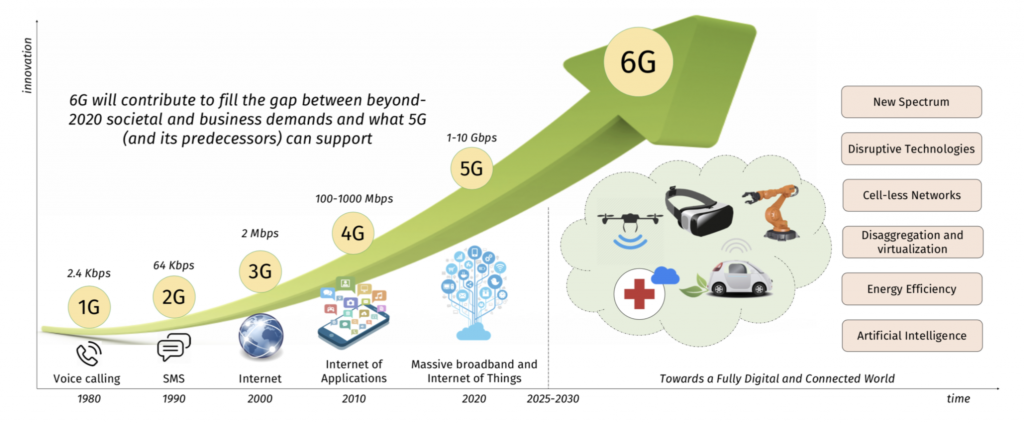6G, Unstickable Glue, & Blinking Masterminds (Patreon)
Content
Move Over 5G, 6G is Arriving Soon
Image: Department of Defense
The U.S. government is already planning the transition to the 6th generation of mobile networks, 6G. Its predecessor, 5G, is currently being rolled out all over the world. 6G is supposed to bring us even higher bandwidth. While the best 5G network might allow you to download a 36 Terabyte folder in an hour (at 10 Gigabytes per second), a 6G network might allow you to download the same file in seconds.
5G already uses very high frequencies. They’re in the range of a few GHz, which is similar to the frequency of your microwave oven or wifi router. 6G is supposed to use even higher frequencies. The U.S. government is now looking at making the range of 7.2 to 8.4 GHz commercially available, and is also considering the range of 37 to 37.6 GHz.
Scientists and various industry sectors, notably aviation, are concerned about these new mobile networks interfering with their operations. The U.S. Department of Defense says they will listen to the concerns, but I guess it remains to be seen whether it’ll make any difference.
Read an article about recent proposals here, an explanation of 6G with video here, and the Biden administration’s recent National Spectrum Strategy here.
Unstickable Glue Allows Easier Recycling
Image: Electrostatic glue held together by positive and negative ion bonds comes unstuck in alkaline water. Sierra-Romero et al., Angewandte Chemie (2023).
Engineers at Newcastle University in the U.K. have invented a new reversible (“unstickable”) glue that they say will make recycling much easier. The water-based glue holds together via electrostatic adhesion and comes apart when exposed to non-neutral pH solutions, i.e. acids or bases. The reversible glue could make it much easier to cleanly remove labels from recyclable waste products such as plastic bottles. Press release here, paper here.
People Under Stress Blink More
Do you hate game shows? So do I, but scientists have finally found real value in them. A team of over 60 scientists at the University of Arizona recently analysed footage of 100 participants of the British game show “Mastermind”. Their goal? Study human behaviour and physiology under stress. They found that contestants on the show blinked about 40 times per minute, almost double the average blinks per minute of a relaxed person. Press release here, paper here, and if you want to count your own blinks, you can find a recent episode of “Mastermind” here.
